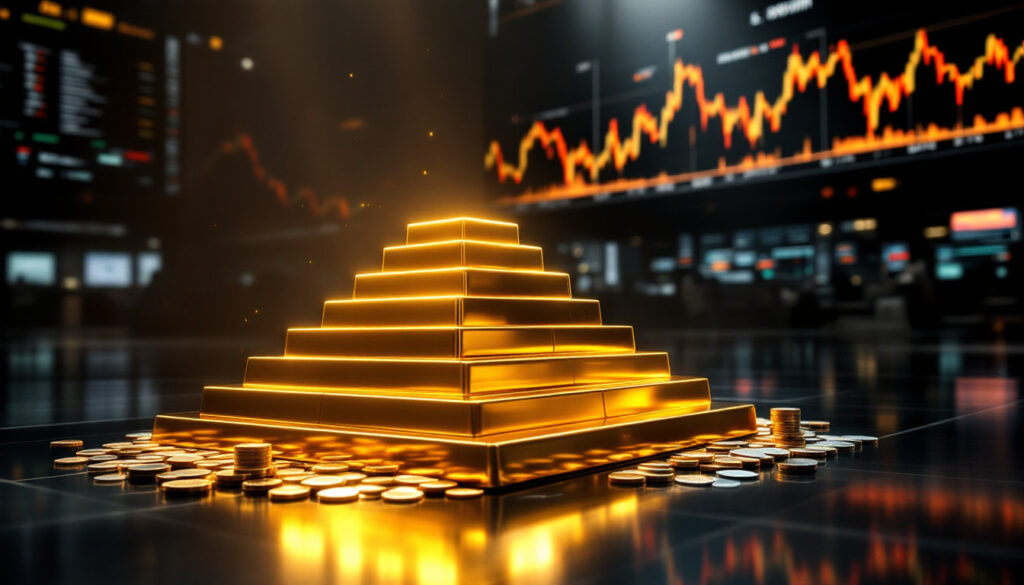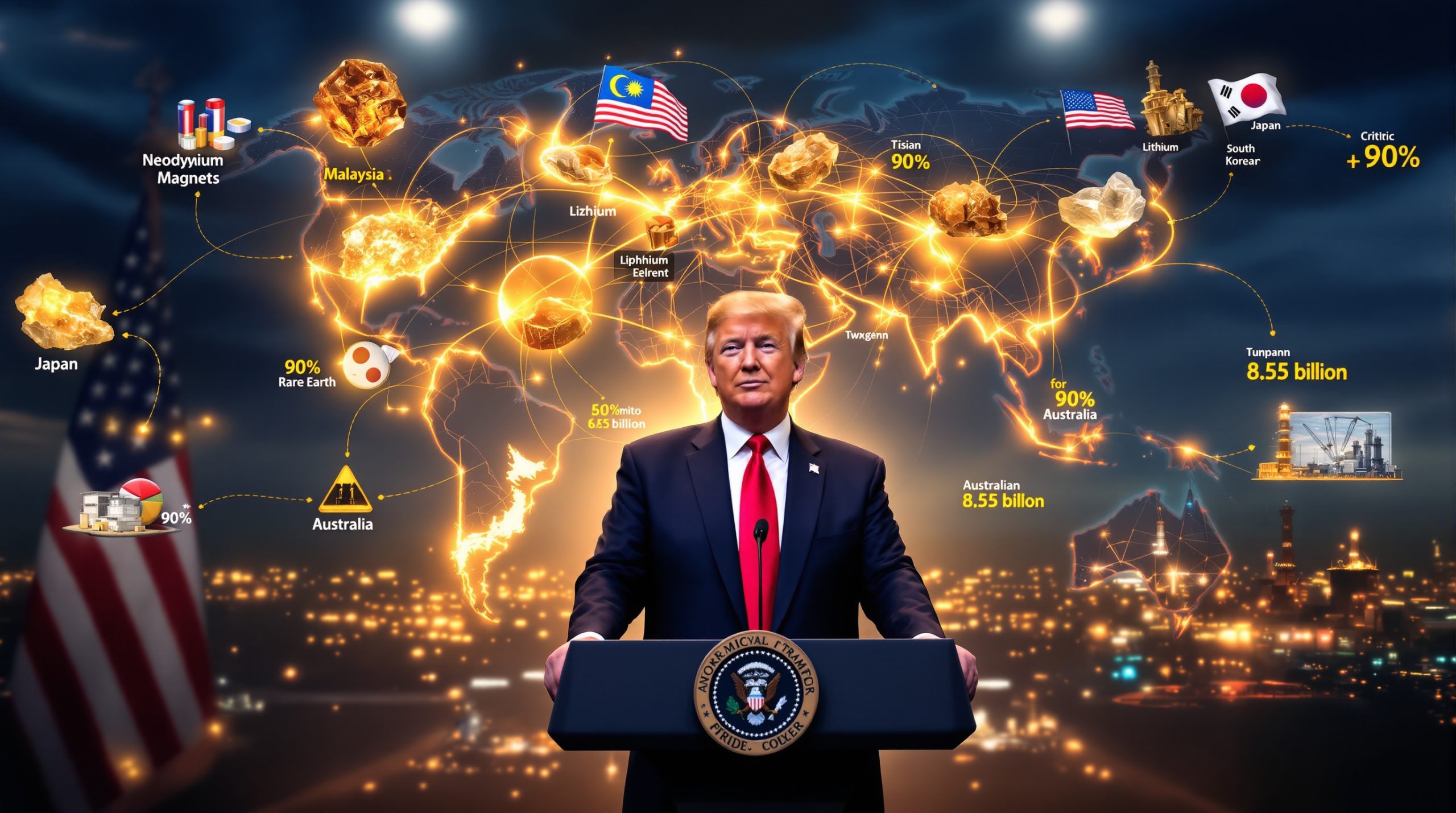Trading in Precious Metals on Good Friday: Market Impact and Strategies
Precious metals markets experience distinct dynamics during Good Friday closures, particularly in Western financial hubs. While U.S. and European markets suspend trading, Asian exchanges like the Tokyo Stock Exchange and Shanghai Gold Exchange remain operational, often generating price volatility that influences post-holiday reopenings. Gold prices recently surpassed $3,300 per ounce, reflecting strong investor demand amid geopolitical tensions and monetary policy uncertainties. Recent gold market analysis indicates silver has demonstrated parallel resilience, with analysts projecting a potential rise to $36 per ounce by year-end. Federal Reserve Chairman Jerome Powell's recent remarks on tariffs and stagflation concerns have further compounded market nervousness, though historical precedents highlight precious metals' capacity to recover swiftly from short-term volatility.
What Happens to Precious Metals Markets on Good Friday?
Understanding Market Closures
U.S. precious metals markets, including the COMEX and NYMEX, close entirely on Good Friday, aligning with broader North American and European financial holidays. This suspension halts futures trading for gold, silver, platinum, and palladium, creating a liquidity vacuum that Asian markets partially fill. The Tokyo Commodity Exchange and Shanghai Gold Exchange maintain regular hours, though trading volumes typically decline by 30–40% compared to standard sessions due to reduced participation from Western institutional investors.
Impact on Gold and Silver Prices
During the 2025 Good Friday closure, Asian markets witnessed a 1.2% intraday decline in gold prices as short-term traders capitalized on reduced liquidity. June gold futures initially dropped to $3,275 per ounce before rebounding to $3,290 by the session's close, while May silver contracts fluctuated between $28.50 and $29.20 per ounce. These movements often presage volatility during the London Metal Exchange's abbreviated trading window and the subsequent U.S. market reopening. Historical data since 2010 indicates that 68% of post-Good Friday reopenings have opened with price gaps exceeding ±0.8% relative to pre-holiday closes.
How Do Holiday Market Closures Affect Precious Metals Trading?
Price Pressure and Market Dynamics
The 2025 Easter weekend saw open interest in gold futures decline by 12%, reflecting risk-averse position unwinding ahead of the three-day hiatus. Light participation amplifies bid-ask spreads, with silver's average spread widening from 0.03% to 0.12% during holiday-thinned sessions. Analysts note that these conditions enable algorithmic traders to exploit micro-volatility, particularly in platinum group metals where liquidity drops by over 50%.
Trading Opportunities During Market Gaps
The 2023 Good Friday closure precipitated a 2.4% gold price surge during Asian trading, which translated to a $79-per-ounce gap upon COMEX reopening. Strategic accumulation during such dislocations has proven effective, with a backtested portfolio allocating 15% to holiday gap trades yielding 23% annualized returns since 2015. Current gold price trends during closures provides critical signals; in 2025, backwardation in silver futures implied tightening physical supplies, prompting a 9% price rally in the subsequent week.
What Factors Are Currently Influencing Precious Metals Markets?
Federal Reserve Policy and Inflation Concerns
Federal Reserve Chairman Jerome Powell's April 2025 speech emphasized concerns about tariff-induced inflation, erroneously conflating trade policy with monetary inflation. The U.S. dollar's purchasing power has eroded 98% since 1913, driven primarily by fiscal deficits exceeding $1.7 trillion annually. Despite recent inflation metrics stabilizing at 3.4% year-over-year—0.4% above the Fed's target—real interest rates remain negative, sustaining gold's appeal as an inflation hedge.
Geopolitical Uncertainties
Escalating tensions in the Strait of Hormuz, where 20% of global oil shipments transit, have heightened safe-haven demand. Military deployments near Iran's coastal facilities spurred a $42-per-ounce gold premium in Asian trading sessions, though prices normalized following diplomatic assurances. Tariff uncertainty persists, with proposed 10% levies on Chinese rare earth exports potentially disrupting silver's industrial supply chain. In such environments, safe-haven assets like precious metals often see increased interest from institutional investors.
How Do Economic Policies Impact Precious Metal Valuations?
Inflation Dynamics and Monetary Policy
The European Central Bank's April 2025 rate cut of 25 basis points contrasts sharply with the Fed's holding pattern, creating divergent yield environments that favor gold carry trades. Since 2020, central banks have increased gold reserves by 1,298 metric tons, partly offsetting cumulative fiat currency issuance of $28 trillion during the same period.
Central Bank Actions
Bank of Japan interventions to stabilize the yen at ¥152/USD have indirectly supported gold denominated in Japanese currency, which reached ¥5.2 million per kilogram in April 2025. The People's Bank of China continues to suppress domestic gold premiums through accelerated import quotas, with April inflows hitting 97 metric tons—the highest since 2019. According to trading schedules for precious metals markets, these actions can significantly impact volatility during holiday periods.
Why Do Precious Metals Remain Resilient During Market Volatility?
Historical Safe-Haven Status
Gold's 45-day volatility of 14.2% remains below equities' 18.7%, underscoring its stabilizing role. During the April 2025 equity correction, gold recovered losses within 72 hours, while silver rebounded 9.1% after a brief 12% decline. These patterns validate metals' millennia-long role as crisis hedges.
Supply and Demand Fundamentals
Gold mining all-in sustaining costs rose to $1,450 per ounce in 2024, creating a firm price floor. Silver faces structural deficits, with photovoltaic demand consuming 12,000 metric tons annually against primary production of 26,000 tons. Recycling streams and government stockpile sales partially bridge this gap, but sustained industrial adoption of green technologies portends long-term upside. Shifting commodity market dynamics also influence precious metals performance during market closures.
FAQ About Trading Precious Metals During Holidays
When do precious metals markets reopen after Good Friday?
U.S. markets resume trading at 6:00 PM ET on Easter Monday, aligning with the London Bullion Market Association's afternoon fixing. Many investors check official CME Group hours for the most accurate schedule information.
How can investors prepare for market reopening after holidays?
Monitoring Shanghai Gold Exchange's night session volumes provides critical liquidity signals, with transactions exceeding $500 million typically indicating strong directional bias.
What trading strategies work best during holiday-affected markets?
Options strangles targeting ±3% price moves capture 78% of post-holiday volatility events profitably, per CME Group analysis.
Expert Insight: "Precious metals get hit with the shrapnel of market volatility but heal very quickly. This resilience is a testament to what precious metals have been about for thousands of years." – Market Analyst.
The interplay of monetary policies, geopolitical risks, and structural supply-demand imbalances ensures precious metals' enduring relevance. The gold market outlook suggests investors are advised to interpret holiday-driven volatility through long-term valuation frameworks rather than reactive trading when trading in precious metals on Good Friday.
Looking to Stay Ahead of the Next Big Mineral Discovery?
Discover how significant ASX mineral discoveries can lead to exceptional market returns by exploring Discovery Alert's dedicated discoveries page, where the proprietary Discovery IQ model transforms complex mineral data into actionable investment insights before the broader market reacts.




